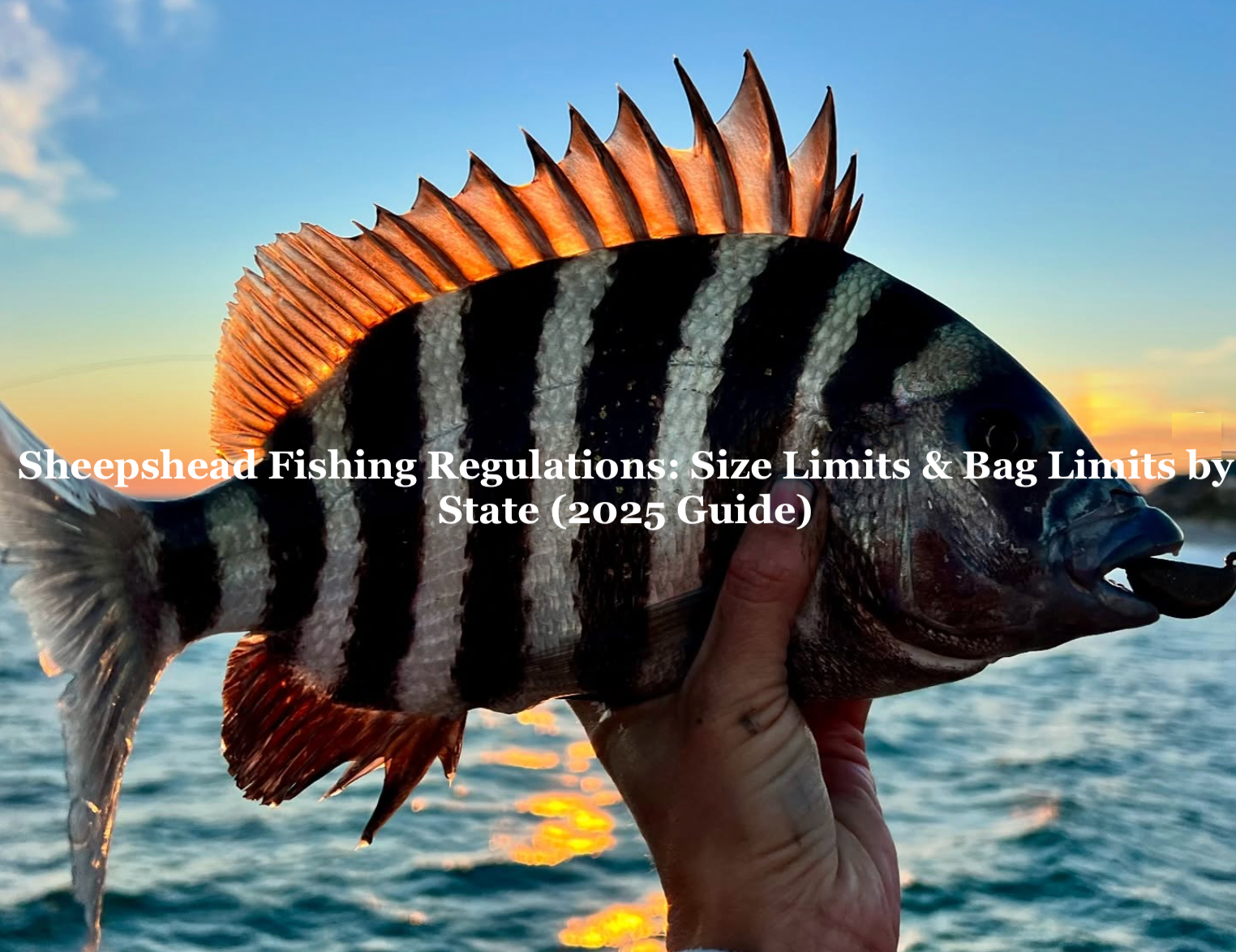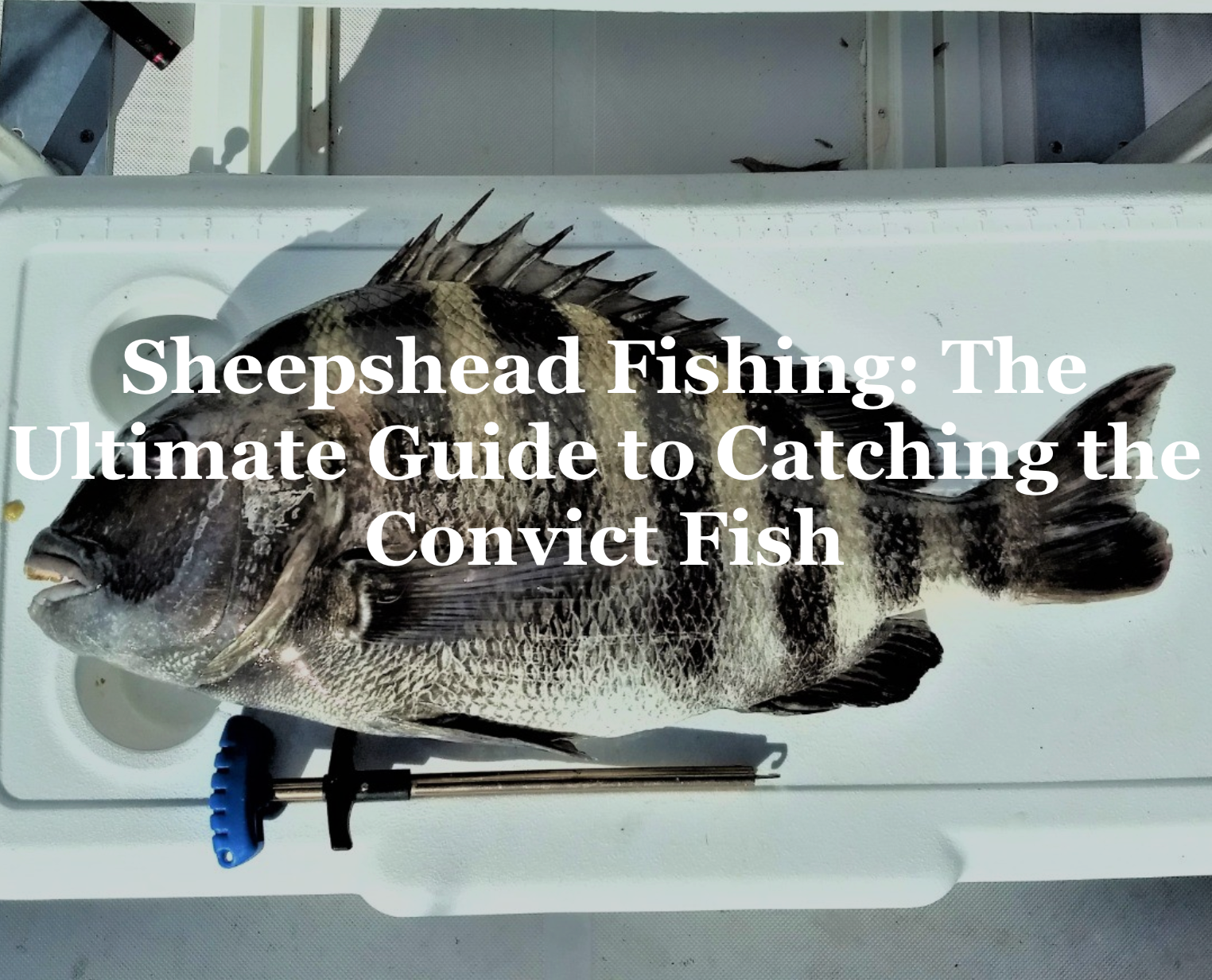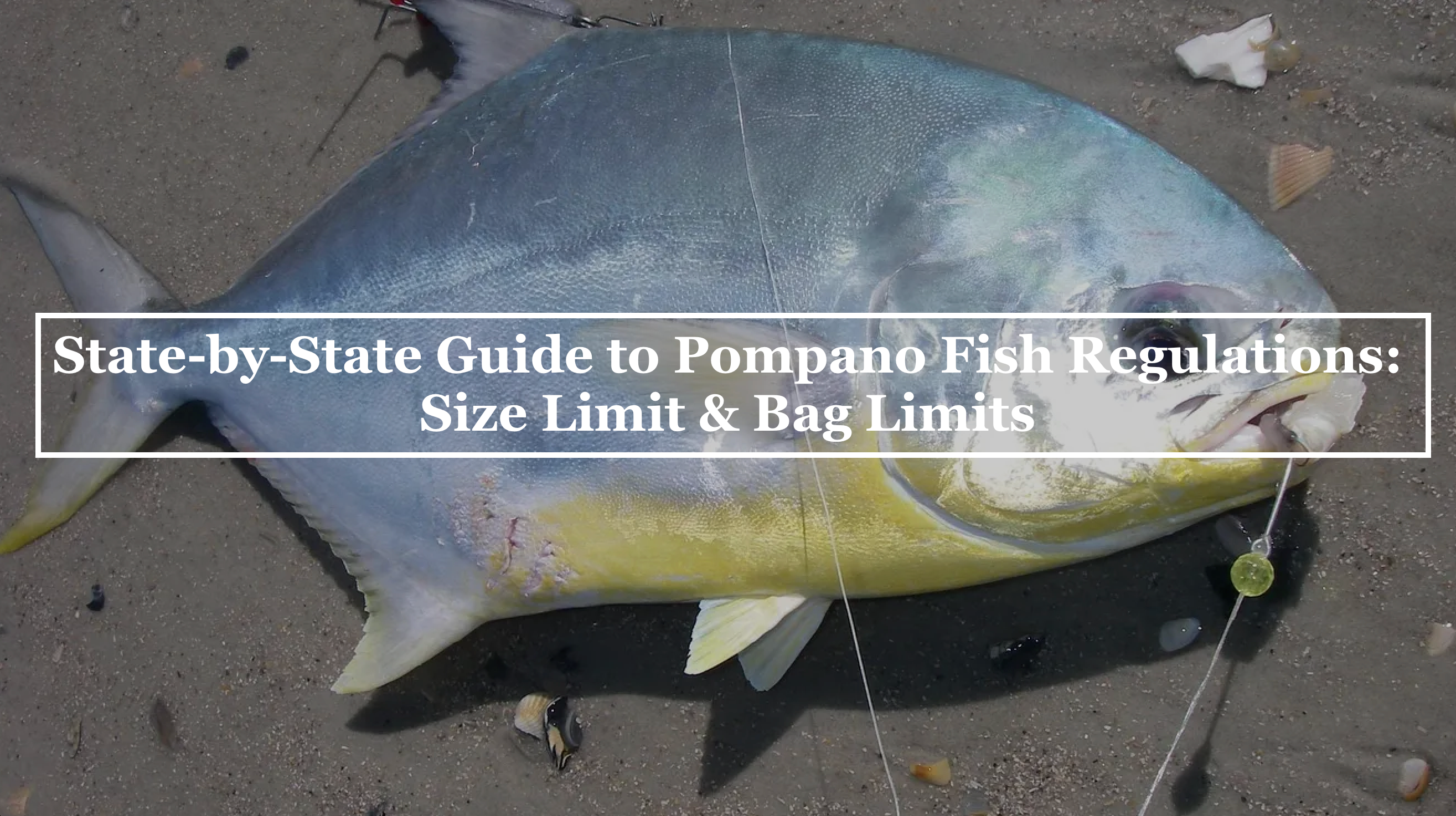Jetty fishing, a thrilling saltwater angling method, targets fish around stone or concrete jetties. These structures attract species like redfish and flounder, offering nonstop action. Accessible from shore or by boat, jetty fishing suits beginners with light tackle and short travel times. Moreover, its budget-friendly nature and scenic coastal settings make it a top choice for anglers seeking adventure.
What Is Jetty Fishing and Why Try It?

Jetties provide fish habitat, drawing baitfish and predators. Anglers cast from the jetty or nearby boats, using live bait or lures. For instance, a quick trip to a local jetty can yield diverse catches, making it ideal for all skill levels. This guide covers how to jetty fish effectively.
Why choose jetty fishing? It’s versatile and engaging. Whether you’re after a relaxing day or an action-packed trip, jetties deliver. Additionally, no boat is needed for shore-based fishing, lowering costs and boosting accessibility for beginners eager to hook their first fish.
What Is a Jetty?

Jetties are man-made walls of concrete or stone extending into the sea. They protect harbors, prevent erosion, or guide currents. Ranging from 100 feet to nearly a mile long, jetties create rich fish habitats. For example, their rocky crevices shelter baitfish, attracting predators like sheepshead.
These structures mimic natural reefs, drawing diverse species. Fish use jetties for cover, ambushing prey or resting from tidal currents. As a result, jetties are prime spots for anglers, offering consistent action and opportunities to target inshore and nearshore fish with varied techniques.
How to Jetty Fish: Beginner Techniques

Mastering how to jetty fish starts with technique. Bottom fishing is a top method, using a 1-3 oz weight, 20 lb fluorocarbon leader, and 2/0-4/0 circle hook with shrimp or cut bait. Cast near jetty rocks to target redfish. This keeps bait in fish-feeding zones.
Drift fishing works well for surface feeders. Use a popping cork with live shrimp, casting along the jetty’s edge. For instance, let the cork drift in tidal currents to attract speckled trout. This method suits beginners, offering easy setup and active engagement.
Artificial lures add excitement. Cast 1-2 oz jigs or soft plastics between jetty rocks, retrieving with a twitching motion to mimic baitfish. Moreover, this targets flounder or striped bass, ideal for anglers seeking an active jetty fishing style on coastal jetties.
Trolling Near Jetties
Trolling is effective for open-water species near jetties. Use a boat to drag 1-2 oz diving lures at 3-5 mph, passing the jetty’s outer edge. This targets kingfish or Spanish mackerel. Trolling covers more water, increasing chances of hooking fast-moving predators.
Keep lures 20-50 yards from the jetty to avoid snags. Additionally, adjust trolling speed based on water clarity—faster in clear conditions. Beginners can master this with a small boat, making it a dynamic jetty fishing technique for coastal waters.
Best Gear for Jetty Fishing

A solid jetty fishing setup starts with a medium-heavy 7-9 ft spinning rod and a 3000-5000 series reel. Spool with 15-30 lb braided line for strength and a 20 lb fluorocarbon leader for abrasion resistance. This handles redfish or sheepshead effectively.
Terminal tackle includes 1-3 oz egg sinkers, 2/0-5/0 circle hooks, and swivels to prevent line twist. For example, use shrimp or crab for bottom fishing. Carry a tackle bag like the Plano Z-Series for organization on jetty treks.
Accessories enhance comfort. Wear a waterproof jacket like Columbia PFG for spray protection and polarized sunglasses for spotting fish. For instance, a jetty fishing trip benefits from a small cooler for bait and a first aid kit for safety.
Jetty Fishing Charters and Trips
Jetty fishing charters suit all anglers, offering half-day (4-6 hours) or full-day (8+ hours) trips. Guides target species like flounder or kingfish, tailoring techniques to your skill level. Moreover, charters provide gear, bait, and local knowledge, simplifying the experience.
Book a trip to explore multiple jetties, increasing catch variety. For example, half-day trips suit beginners, while full-day excursions cover deeper waters. Check Tackle Pier’s Jetty Fishing Trips for curated options to start your adventure.
Jetty Fishing Tips

Target Tidal Flow Patterns
Jetties have stronger and weaker current sides, shifting with tides. Fish the stronger-flow side during incoming tides, where baitfish gather, attracting redfish. For example, cast near rips or eddies. This tactic leverages tidal dynamics for better jetty fishing results.
Adapt to Tide Stages
Experiment with tide stages to find peak bites. Weaker currents during slack tides suit bottom fishing for sheepshead, as bait stays put. Conversely, incoming tides draw speckled trout. By testing tides, beginners can pinpoint the best jetty fishing windows.
Match Tackle to Current Strength
Adjust tackle for jetty currents. Use 2-3 oz sinkers in strong flows to hold the bottom for flounder. In calmer waters, lighter 1 oz jigs work for trout. For instance, heavier gear prevents snags, enhancing your jetty fishing setup’s effectiveness.
Watch for Baitfish Activity
Spot baitfish schools near jetties to locate predators. Look for surface ripples or diving birds, signaling bait presence. Cast lures like soft plastics into these zones for kingfish. This strategy boosts catches, making jetty fishing more productive for beginners.
Use Stealth to Avoid Spooking Fish
Approach jetties quietly to avoid startling fish. Walk softly on rocks and avoid sudden movements, especially in clear water. For example, stealth helps when targeting wary flounder, ensuring your jetty fishing efforts yield more bites.
Safety Tips for Jetty Fishing

Jetty fishing offers thrills but demands caution due to slippery rocks, strong currents, and unpredictable waves. Beginners must prioritize safety to avoid accidents, especially on unfamiliar jetties. For instance, checking conditions and packing light can prevent mishaps. These tips ensure your jetty fishing adventure stays safe and enjoyable.
Check Wave and Tide Forecasts
Before jetty fishing, check swell forecasts for wave height, period, and direction. Rising tides with increasing waves can trap you on exposed rocks. For example, plan for 6-10 hours of stable conditions to avoid rogue waves, keeping your trip safe.
Test Rock Stability Post-Storm
After storms, jetty rocks may shift, becoming unstable. Test boulders before stepping, as loose rocks can roll, risking injury or trapping you in rising tides. Additionally, avoid jumping to unfamiliar rocks, ensuring safer footing during jetty fishing.
Stay Aware of Currents
Jetties channel strong currents, especially in rips. Fish from stable, higher rocks closer to the jetty structure to avoid slips. For instance, check rocks for movement before casting, reducing risks of falling into fast-moving water.
Pack Light and Wear Safety Gear
Travel light with a shoulder bag, not a heavy belt bag, for quick removal if you fall. Wear a wetsuit, non-slip shoes with grip studs, and a life vest in risky conditions. This gear minimizes dangers during jetty fishing.
Monitor Waves Constantly
Always watch approaching waves, glancing over your shoulder every 5-10 seconds. Rogue waves can surge unexpectedly, especially when landing fish. Have a plan to retreat to higher rocks, ensuring safety on every jetty fishing trip.
Top Species to Catch While Jetty Fishing

Jetty fishing yields diverse catches. Common inshore species include redfish, flounder, and speckled trout, thriving in jetty crevices. Nearshore predators like kingfish or tarpon patrol open waters, drawn by baitfish schools around jetties.
Sheepshead are jetty favorites, feeding on barnacles. Use a 3/0 hook with crab to target them. Additionally, Spanish mackerel hit fast-moving lures, adding excitement. Each species requires specific baits, making jetty fishing versatile for beginners.
Best Times for Jetty Fishing

Fish jetties at dawn or dusk for peak activity. High or incoming tides boost catches, as fish move closer to feed. For instance, check local tide charts to plan trips, aligning with tidal shifts for redfish or trout.
Spring and fall are prime seasons, with cooler water temperatures driving fish to jetties. However, summer offers tarpon, while winter targets sheepshead. By timing trips, beginners maximize success in jetty fishing adventures.
Tips for Success
Scout jetties at low tide to spot fish-holding structures like rocks or drop-offs. Cast near these for flounder. Also, use polarized sunglasses to see baitfish schools, indicating predators. These tips enhance jetty fishing outcomes.
Conclusion
Jetty fishing blends accessibility and excitement, perfect for beginners. With the right gear—a 7-9 ft rod, braided line, and jigs—plus techniques like bottom fishing or trolling, you’ll hook redfish or flounder. Fish from a boat or fish from shore to start.
Embrace jetty fishing’s coastal charm. Plan trips with tides, scout spots, and stay safe. Check out Tackle Pier for more jetty fishing tips and trips to reel in your next big catch!






Share:
How to Surf Fish: Beginner’s Guide to Surf Fishing